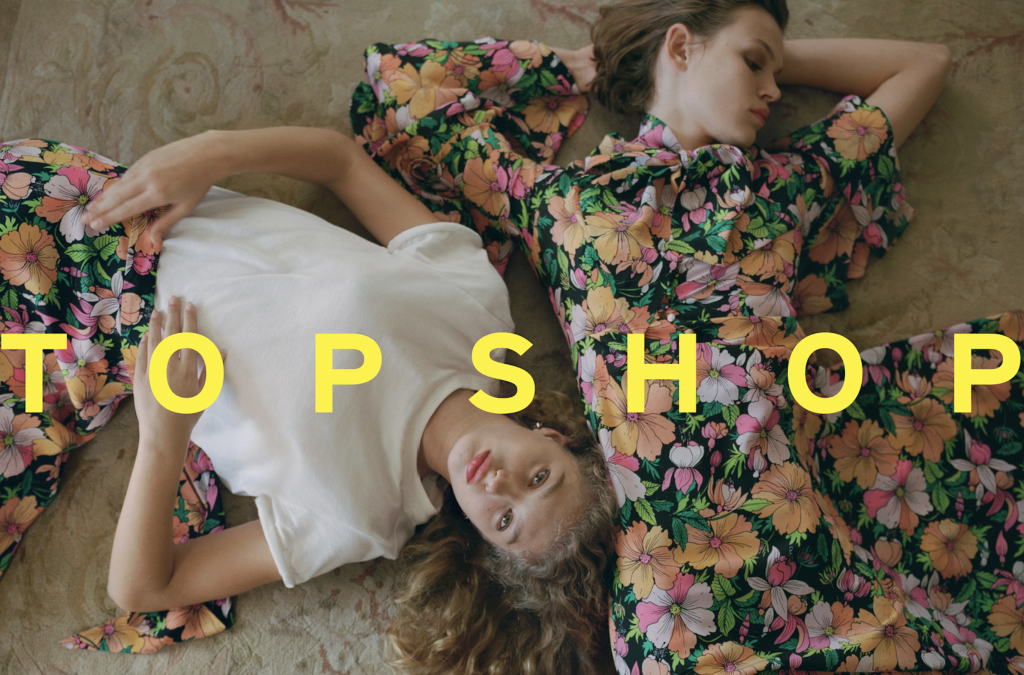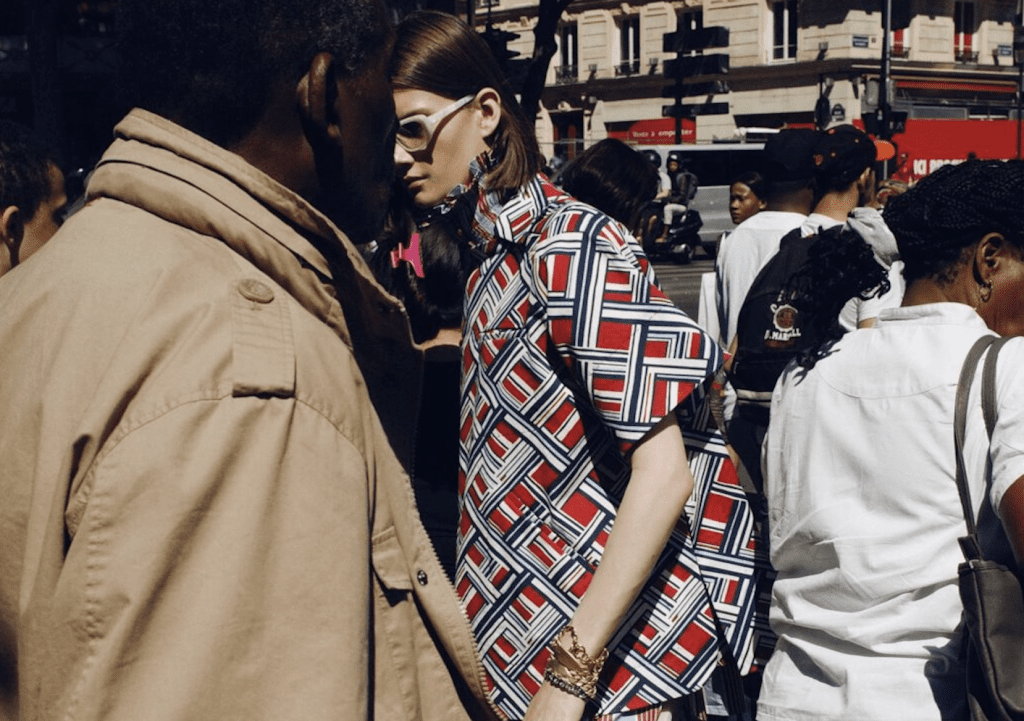Many fashion retailers are taking a fresh look at their business strategies in the wake of COVID-19, which has seen a number of high street brands forced to close their stores or in some cases, shutter entirely. The impacts of the pandemic and swiftly-changing consumer purchasing behavior, which was accelerated in many cases by the onset of the pandemic, have made it clear that a strong online presence and the ability to adapt to changes in industry – and product – trends has never been so important. Most recently, this has come in the form of a large-scale casualization of our day-to-day wardrobes and the introduction of new must-have products, such as face coverings, as well as a surge in e-commerce consumption.
Against this background, retailers that rely too significantly on sales through brick-and-mortar stores have become casualties of the crisis, with some going into administration (or Chapter 11 bankruptcy in the U.S.) or seeing parts of their business sold-off to third parties. With such enduring challenges in mind, what are the brand protection considerations for fashion companies in this changing retail landscape? Recent examples of acquisitions clearly emphasize the importance of brand – and brand protection – to any fashion business, whether it be a high street brand or a high fashion house.
Burgeoning fast fashion group Boohoo, for instance, paid £55 million ($75.92 million) for the stalwart retailer Debenhams’ intellectual property portfolio, including over 800 trademark registrations for brands, including DEBENHAMS, MAINE and MANTARAY, as well as the Debenhams website and customer data, opting to acquire these assets, but not the company’s existing stock or stores. Around the same time, fellow e-commerce entity ASOS bought Topshop, Topman, Miss Selfridge and HIIT from Arcadia Group for £295 million ($407.21 million) – the majority of which (£265 million, or $365.80 million) was spent on buying the brands and the related intellectual property rights, and £30 million ($41.41 million) on existing stock.
These two examples clearly show the immense value that is attributed to a brand – and the various assets associated with it – within the fashion retail sector; these deals also signify the clear move away from needing a physical presence on the high street.
Even within this shift in strategy, the way that companies, such as Boohoo and ASOS, intend to use their new brand purchases shows interesting and differing business models. Boohoo’s strategy, for instance, appears to center on buying third party brands, and running them as separate companies, with the individual brands retaining their own online retail presences, and separate websites, but using the same distribution network as the main Boohoo business.
ASOS, on the other hand, intends to incorporate its recent Arcadia group brand purchases into its existing online retail platform, a move that is, perhaps, not unsurprising given that ASOS’s strategy for the last year or so has been to try to increase the number of brands it sells by way of its sweeping e-commerce site. It has been selling Topshop and Topman products, for example, by way of its proprietary platform since 2019, with sales of Topshop clothes increasing 41 percent in the first quarter of 2021. The addition of new Arcadia brands should, therefore, readily integrate into the existing ASOS global warehouse and technology infrastructure.
For Boohoo and ASOS, the strategy appears to be to acquire third party brands to grow their own portfolio. Alternative models are emerging from other retailers.
Elsewhere in the market, Marks & Spencer recently announced it is “turbo-charging online growth through the launch of ‘MS2’ – an integrated global digital, data and online business division within Clothing & Home with operating flexibility to compete with pure play competition and develop our growing portfolio of guest brands.” This is materialising in a mostly partnership-based approach, with Marks & Spencer teaming up initially with brands Ghost and Nobody’s Child, but announcing this month that it will also add brands such as Joules, Triumph, Hobbs, Phase Eight, Seasalt Cornwall and White Stuff to its “Brands at M&S” online offering over the next three months. The exact basis of these partnerships has not yet been disclosed, but there seems to be some variation from wholesale agreements to exclusive collaborations.
Offering third-party brands is nothing new for Next, which has sold a large fashion range through its online platform for many years. Rather than through acquisition, Next also takes a partnership approach, working with struggling brands such as Laura Ashley and Victoria’s Secret, and utilising its established online and retail infrastructure to support and revitalise these brands.
And it is not just large UK retailers that are looking to diversify by bringing third party brands on board. Mango, the Spanish clothing brand, recently announced it too will sell third party brands through its online e-commerce platform in order to expand into complementary product categories. This will initially see products from the Italian lingerie brand Intimissimi for sale on the Mango website from Spring 2021. However, rather than this being a plan to become a multi-brand marketplace, Mango sees this as a way to offer added value to its existing customers.
Given the high value attached to brands and the rapidly changing landscape, what should fashion companies and retailers take away from these recent activities in fashion retail?
First and foremost, it is key to ensure that robust intellectual property protection, particularly for trademarks, is in place. In particular, it’s important to look at three key elements: (1) is your trademark protection up to date? Larger companies which acquire other businesses will have been busy with substantial housekeeping exercises to ensure the ownership of its valuable new IP is correct and that current versions of logos are registered; (2) will you be diversifying and expanding your range of products, for your own business or in partnership with another? Have you checked for any IP issues in your new product areas; and (3) will retail’s shift online take you in to new geographic markets? Is your brand safely registered there?
Partnering in fashion retail is an exciting prospect. The big players’ established, reliable distribution channels and advanced digital presences are an appealing way for younger or smaller brands to get their products in front of a wider potential customer base. Thinking about these three aspects of trademark protection can help all brand owners to avoid any nasty surprises and capitalise on the advantages of the “new normal.”
Samantha Collins is a Chartered (UK) and European trademark attorney at Marks & Clerk.











